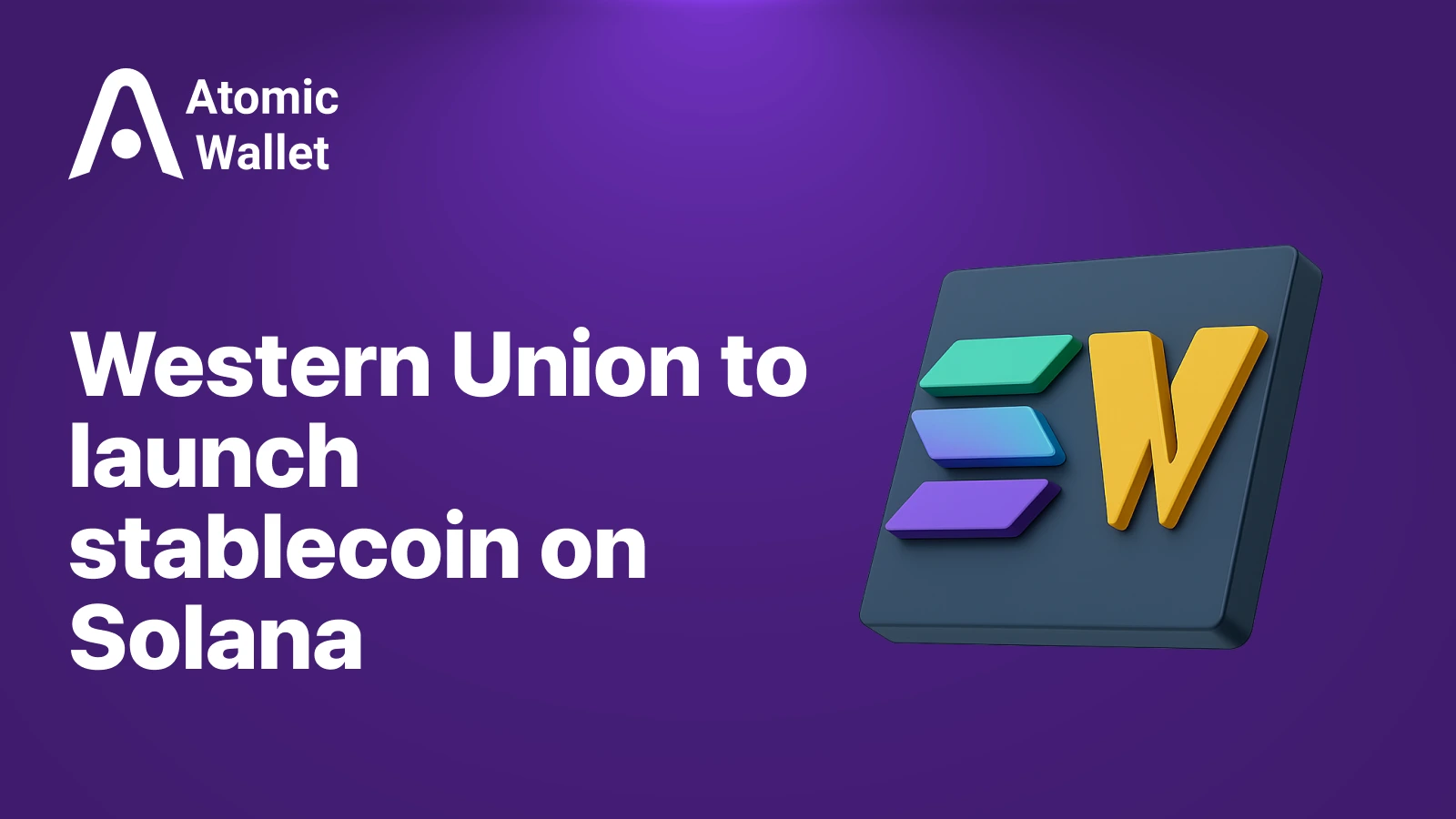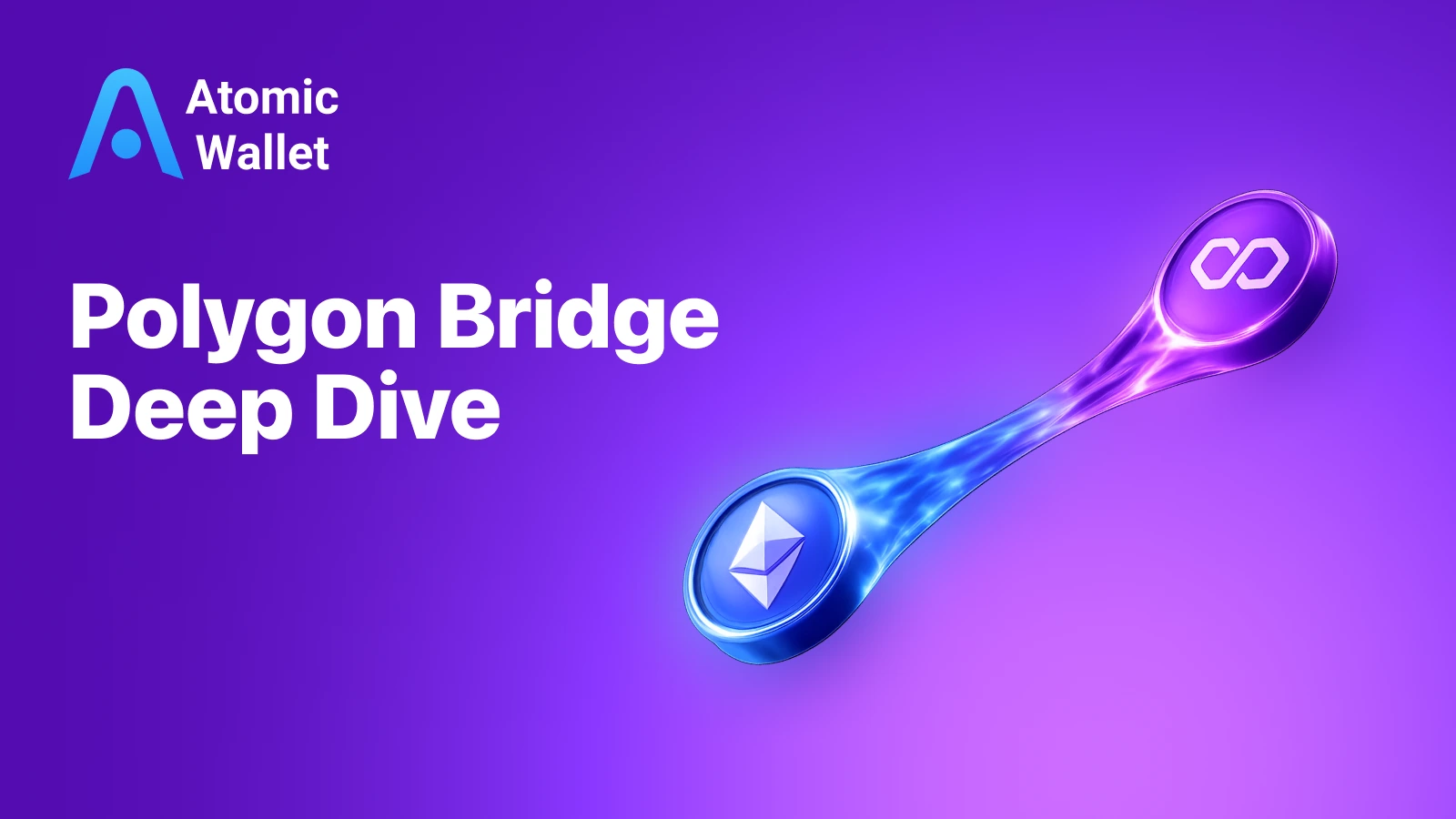Assets

Exchange

Buy Crypto




Western Union — one of the world’s largest money transfer companies — is officially stepping into Web3. The firm has announced plans to launch its own USDPT (U.S. Dollar Payment Token) on the Solana blockchain in the first half of 2026.
According to CEO Ryan McInerney, the new token is part of Western Union’s broader push to modernize cross-border payments through blockchain technology. Each USDPT will be fully backed 1:1 by U.S. dollars, held in custody by Anchorage Digital Bank, a U.S.-regulated crypto bank.
This marks Western Union’s biggest move into blockchain since its early experiments with Ripple (XRP) and other digital asset pilots. By choosing Solana, the company is signaling confidence in high-speed, low-cost infrastructure as the future of global money movement.
USDPT (U.S. Dollar Payment Token) is a fully backed stablecoin designed to make remittances faster, cheaper, and more transparent. Each token represents one U.S. dollar held in reserve, with Anchorage Digital ensuring regulatory compliance and secure custody.
The token will launch on Solana, a blockchain capable of processing over 65,000 transactions per second with fees under $0.01. This makes it ideal for Western Union’s global remittance network, which processes over $100 billion annually across 200 countries.
USDPT will serve as the backbone for instant on-chain payments within Western Union’s upcoming ecosystem — connecting fiat users, crypto wallets, and exchanges into one seamless bridge between traditional finance and Web3.
Western Union’s choice of Solana wasn’t accidental. Among major blockchains, Solana offers unmatched speed, scalability, and cost efficiency — processing tens of thousands of transactions per second with fees close to zero.
For a company that handles millions of global remittances every day, Solana’s architecture is ideal. Its high throughput ensures that money can move in real time, even across borders, while keeping transaction costs minimal — a huge improvement over traditional payment rails that often take days and charge high fees.
Solana is also emerging as a hub for real-world finance. Recent integrations with Visa, Shopify, Circle, and now Western Union show how major institutions are turning to Solana to power the next generation of digital payments. By building on Solana, Western Union isn’t just testing blockchain — it’s betting on it as the future backbone of global money transfers.
As part of the USDPT rollout, Western Union will also launch the Digital Asset Network — a new infrastructure designed to connect fiat payment systems with blockchain wallets and exchanges.
This network will enable users to convert between cash, bank deposits, and USDPT seamlessly, allowing near-instant transfers across platforms. Whether you’re sending money from a Western Union branch or a Web3 wallet, the process will feel the same — fast, cheap, and borderless.
The company plans to integrate with major wallet providers like Atomic Wallet, Phantom, and Coinbase Wallet, creating a truly interoperable ecosystem where users can manage both traditional and digital assets in one place. By combining Anchorage’s regulatory compliance with Solana’s real-time performance, the Digital Asset Network aims to make crypto remittances as easy as sending a text message.
Western Union’s move signals a major shift: legacy finance is merging with blockchain at scale. For decades, the company has dominated traditional remittances — moving over $100 billion a year through slow, bank-based systems.
With USDPT on Solana, Western Union can now offer the same service in seconds, not days, and with a fraction of the fees. It also gives millions of users in developing markets — where bank access is limited — a direct way to interact with digital dollars through a trusted brand.
This launch positions Western Union among a growing list of payment giants like Visa, PayPal, and Stripe, who are building stablecoin-based infrastructure for the next era of global payments. If successful, USDPT could redefine how remittances and cross-border settlements work — transforming one of the oldest financial networks into a real-time, blockchain-powered system.
While the plan is ambitious, Western Union’s stablecoin strategy faces several hurdles.
First, regulation remains a major challenge. Stablecoins tied to fiat currency are under increasing scrutiny in the U.S. and Europe, and Western Union’s global footprint means compliance must be airtight across 200+ jurisdictions.
Second, trust and adoption. Convincing millions of traditional users to move from fiat transfers to digital tokens — even ones backed 1:1 by USD — will require massive education and seamless UX.
Finally, blockchain dependency. Solana, though fast, has faced periodic network outages in the past. Western Union’s success will depend on how stable and scalable Solana remains as real-world traffic ramps up. Despite these risks, the direction is clear: blockchain-based finance is becoming mainstream — and Western Union wants to lead that transition, not follow it.
Western Union’s upcoming USDPT stablecoin could mark one of the biggest leaps toward blockchain-powered global payments. By launching on Solana, the company aims to merge decades of experience in money transfers with the speed, transparency, and cost-efficiency of Web3.
If it delivers on its vision, Western Union could become the first major financial institution to turn remittances into real-time digital settlements — making global transfers as fast and simple as sending crypto.
And with integrations coming to non-custodial wallets like Atomic Wallet, users may soon be able to hold, send, and swap USDPT alongside other stablecoins and tokens — securely and without intermediaries.

Learn how Polygon Bridge works and move Polygon crypto like USDC Polygon between Ethereum and Polygon step by step.